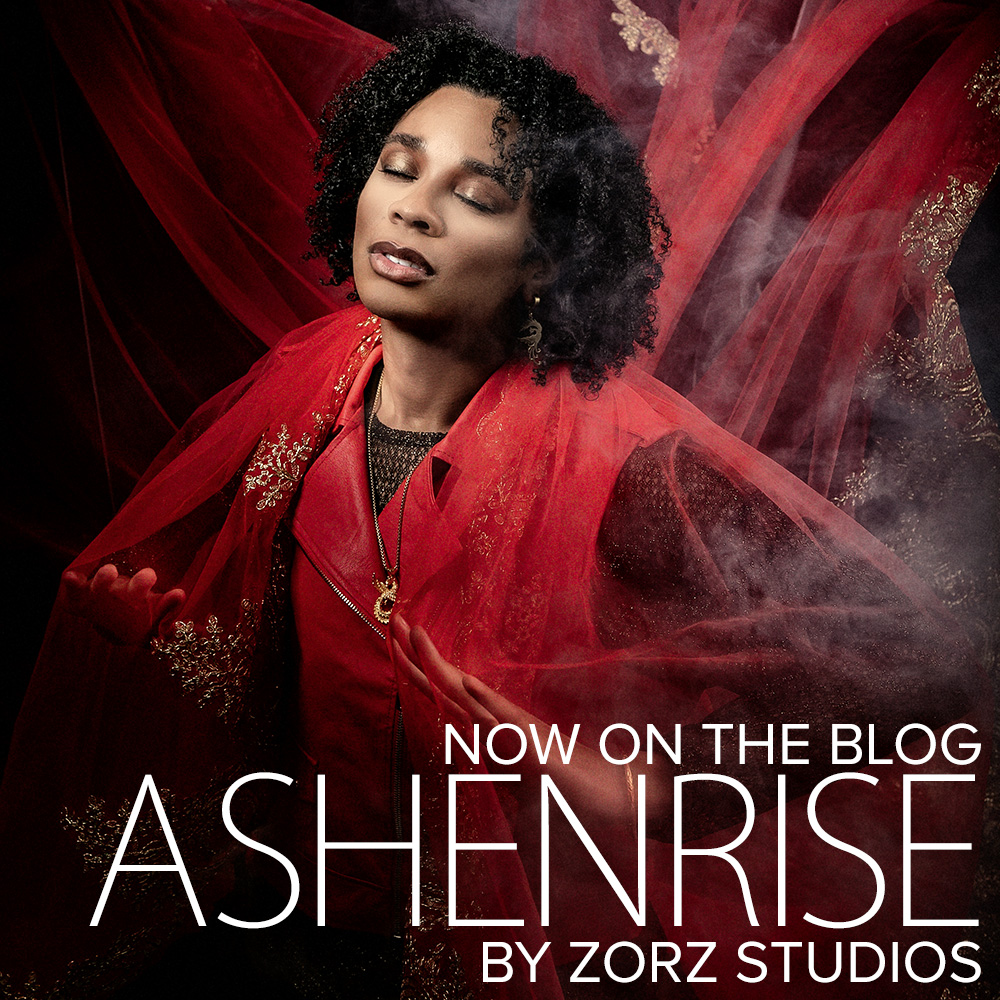Last night after the season’s farewell big snow, I grabbed my 5-year-old Android and ventured out for the night phone photography. Here’s how I scored this killer shot.
Opportunity Falls
It snowed all day on March 9, 2022. The day was calm, and the snowflakes were large and moist, laying a thick even layer not only on the ground but also on the tree branches. It was that perfect snow creating a photo op for picturesque wallpaper landscapes. No wonder the social media, including my input, was filled with magical winter scenes:
I was getting into bed and looked through the window, noting the long tree shadows from the moon on the snow. When there is any light source, however meager, there is an opportunity for night photography!
Night Phone Photography
You’d rightfully think of professional DSLR and mirrorless cameras capable of working in low light and supporting complex manual exposure settings. True, all modern cameras produce decent results in very low light by offering an acceptable balance between sensitivity (ISO over 6,400) and digital noise reduction. I cover this topic in my online photography class from the 2020 lockdown days. Here’s a slide from the deck I designed for it:
Alas, phone cameras are still lagging behind in terms of noise-free high ISO. But fear not—there is a setting that is available for both big and small guns!
Long Exposure
Those cameras also give you the full control over the exposure length (shutter speed), and that is, my friends, the key here. The longer you set shutter speed to, the longer the aperture stays open, and the more light is picked up. Whereas during the day the speed is mere fractions of a second (as low as 1/1000 sec or faster!), it can remain open for many seconds and even minutes. The weaker the light, the longer you keep it open. Here’s a shot I did during my cross-country ZORPHOTOUR RV trip in 2018:
We were in the wild of Badlands National Park. There was no light other than the stars, so I kept the exposure for 30 secs. It was enough to pick the starlight, but the RV was still dark. I had my daughters use their phone flashlights to briefly illuminate the RV during that exposure (if they also did it for 30 secs, the RV would turn into a bright blurb).
But wait, didn’t I say “night phone photography” and now brag about professional camera settings here?? The Milky Way shot above was captured on my phone! The same Android phone I used for this story’s cover from last night.
Android Power
I’m an Android fanboy from its inception. I’ll spare the iSheep crowd from the never-ending long argument of pros and cons. For me, Android’s flexibility, freedom, customization, competitiveness, and innovation outweigh the hallmark iOS smoothness and its prime appeal to the developers. The flagship Android cameras have always been a step ahead of Apple’s, and I’ve heard so many “ooohs” and “aaahs” from my iPhone friends after they saw a shot on my phone, from Motorola, to LG, to Samsung. I only hear the high praise about modern Google Pixel phone camera capabilities, including night phone photography. I consider switching to it next but for now, still using my solid Samsung Note 8 from 2017 which hit the market 5 years ago!
Forgive my fanboying… I’m pretty sure iPhones can be as technically versatile. The long exposure technique I used for the cover is equally available.
To the Point
Knowing that the shutter speed will be at least a few seconds, I knew I’d need a tripod. I love using Joby GorillaPods because they can also cling to trees, railings, and snuggle any rocks that are plentiful on my land. The cover image is brilliant on all regards but it isn’t perfectly sharp if you zoom far in—I must have moved the tripod slightly… I still love the shot too much for its light, color, and composition to replace it.
Next, four light sources. I was lucky to have the moon (well, a crescent, actually) to set the mood. It was perfectly positioned near the house at that hour. I turned on the indoor lights for the warm contrast to the outdoor cold ambiance. My neighbors have a blue light whose cast I hoped to reflect. You can see it in the lower left corner of the image. However, it wasn’t enough, so I also used the outside deck lights, which were perfect to highlight the snow on the tree branches. Since they are motion-sensitive, my dear wife Lara was on a constant “make a move” duty…
The images turned too yellow or too white. White would be natural, but I wanted more of a dreamy feel so I needed to change the color temperature. White balance is a pro setting in the big cameras, as well as phones in the manual mode. It is dialed as temperature in Kelvin (K) degrees. I tuned it for a blue/purple cast.
My last consideration was shutter speed. After some trial and error, I settled on my phone’s shutter speed of 4 secs, leaving ISO on auto. This exposure gave enough of details in shadows without blowing up the bright spots to preserve the feel of a magical fairytale night.
Alternative Shots
Here are a few more images from last night as I was crawling around the cliff to experiment with composition. The first one was without white balance adjustment. Enjoy, and go out and play with night phone photography, too!













